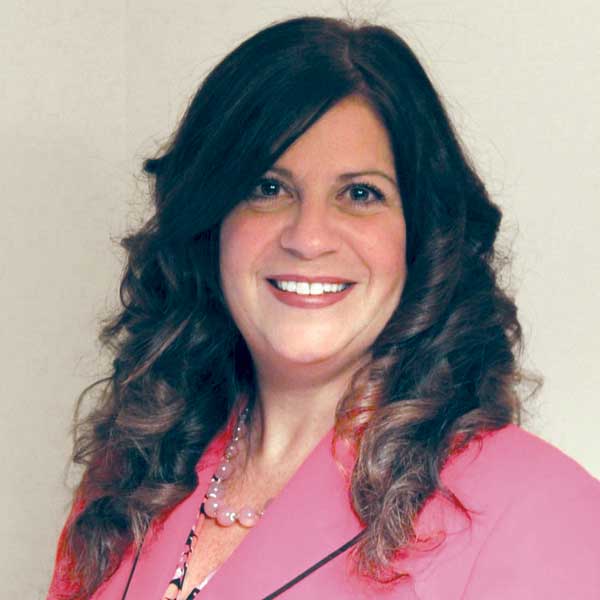
In 1998, some facilities were not at all prepared for the change to the Prospective Payment System. Yet here we are again, facing another major payment restructure in the skilled nursing home environment.
Like PPS, the Patient Driven Payment Model (PDPM) will take us some time to fully understand and implement the new processes and guidance. But rest assured we will be masters before long, assuming we use strategies for success around cost-based system concepts. You may find yourself learning new tricks from old dogs!
Those of us who were around in 1998 had skill sets that were no longer necessary under PPS. Some of those skills will prove to be useful under PDPM. For example, using restorative nursing to ensure residents are safe for discharge. After rehab ends, but prior to discharge, facilities will now be able to ensure that the resident can function independently before they are sent home alone.
If the resident is having difficulties, we can send the therapists right back in, or restart treatment. If not, we can have a more confident discharge that this resident was able to perform independently and may be less likely to sustain an event causing rehospitalization.
After polling over 100 residents post-discharge, we found a recurring theme: Residents were saying, “I had no idea how much help I was getting from the nursing assistants until I went home.”
Some changes for PDPM transition on Oct. 1 will revolve around the diagnoses and conditions of the resident. There will be increased importance regarding ‘capturing’ these conditions that needs to be discussed.
For example, reimbursement will be based on the conditions that the resident has. The proportions of PT, OT and speech revenue are already determined, based on the history we have submitted to the Centers for Medicare & Medicaid Services over the last 20 years of MDSs, claims and cost reports.
An ICD-10 certified code is NOT REQUIRED for the PDPM system. There will be simply a focused effort on capturing all appropriate diagnoses, rather than the actual code that is assigned. CMS has developed a crosswalk to those conditions that bring revenue under PDPM. It is a suggestion that your team member who completes this task become familiar with the CMS crosswalk spreadsheet.
In addition, CMS has added a drop-down menu to identify hospital procedures that may have been performed in the hospital, sparing us all the agony of having to learn an entirely different diagnosis coding system.
Emphasis is on more independent Activities of Daily Living than in the PPS system. PPS reimbursed for the higher levels of assistance required. The PDPM system has its higher reimbursement in less dependent ADLs and focuses more on the resident who needs “some assistance.”
In addition, rehabilitation therapy will no longer be a revenue center. It will now be a cost center. This means rehab treatments no longer bring in additional revenue, but actually cost you revenue. You may find that a fewer number of minutes may achieve the same outcome as the 720 minutes we are currently hoping for.
Don’t misunderstand: We will continue to need rehab to achieve our desired outcomes, and the get our residents back home. Do not be fooled into thinking that you can eliminate the need for rehab. But you must learn how to utilize it more effectively.
Some facilities have instituted a ‘cost-out’ process to determine profitability and manage rehab costs. For instance, the long-term care resident who goes out to the hospital for mental status changes, where we are begging rehab to put the resident on caseload when they return so we can ‘skill’ the resident under their Medicare Part A benefit. Or the new admission with schizophrenia, and no functional or musculoskeletal needs. Those residents who may not be appropriate for these services should be utilizing Restorative Nursing Programs to improve slightly or at a much slower pace than Medicare will allow under Part A coverage.
Non-therapy ancillaries will have their own portion of the rate under PDPM as well. The NTA portion makes up medications, medical supplies, IVs and IV meds, etc. The dollars allocated to the NTA are assigned by an add-on basis, so if the condition is documented in the medical record, it can be captured on the MDS and added to the reimbursement for that resident.
The more of these conditions are reported the more reimbursement will be realized. This will likely be a “money left on the table” area to monitor. The NTA portion of the rate will be tripled for the first 3 days of the stay, so revenue for October will likely be much higher for that month than any other time under PDPM. All residents will be on day 1 of PDPM, even though they may only have a few Medicare covered days left of their stay.
All residents on Medicare Part A will need a new MDS dated 10/1/2019 through 10/7/2019 to kick start their PDPM reimbursement. Make sure you allow additional time at the end of September and beginning of October to address this huge task. The MDS assessment for 2019 is now 51 pages for the comprehensive item set.
Keep an eye out for admissions the last week of September as well. Especially on Sept. 26 and later because CMS will not allow the use of a short stay MDS for those residents who may not get 5 days of rehab under the PPS system prior to 10/1/19.
These admissions may only fall into a Reduced Physical Functioning score (PA1-PE2). We suspect MACs may be more likely to call for a medical review due to the RUG level being in the lower 14 RUGs that are not considered to be skilled by CMS.
One opportunity in the PDPM system will be the use of the Interim Payment Assessment or IPA, which unfortunately does not refer to the beer. (Although you may want to drink afterwards.) This assessment can be used to reclassify the payment levels based on clinical changes in the medical record. An additional MDS would be scheduled and take in all the changes and assign a new PDPM case mix grouping that will take effect on the MDS date (ARD) and interrupt the previous payment level. There is no limit to the number of IPA assessments that can be done, and currently no direction as to when they can and cannot be used.
The RAI manual (MDS manual) is due out any time now and may have further direction on the use and misuse of the IPA MDS. But for now, this, along with diagnosis capture will be the purpose for living to most MDS Coordinators.
Keep an eye out for educational sessions from McKnight’s, LeadingAge and the American Health Care Association. Or just call an old dog for a class on new tricks. Keep in mind: We did it before and we can do it again!
Maureen McCarthy, BS, RN, RAC-MT, QCP-MT, DNS-MT, RAC-CTA, is the president and CEO of Celtic Consulting.





